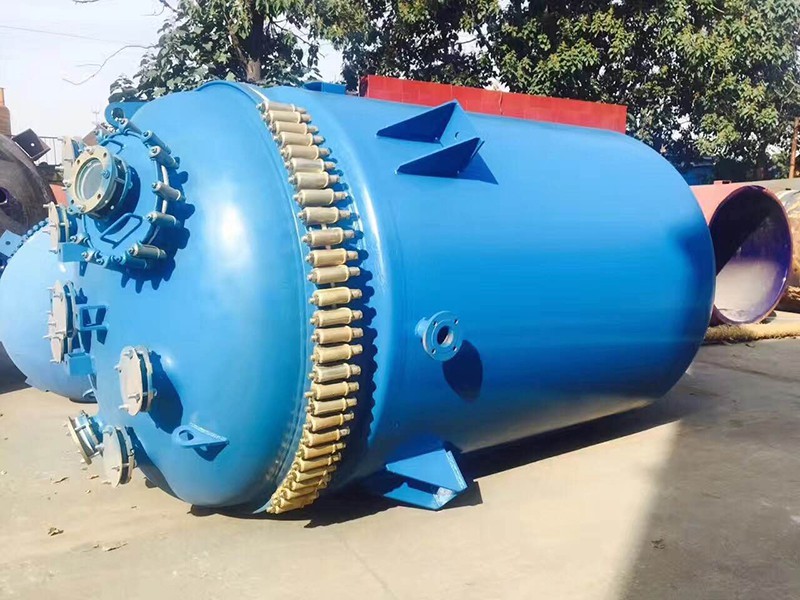The glass lined reactor thickness is a key parameter that directly affects the equipment's pressure resistance,corrosion resistance,and service life.However,it should be noted that the
glass lined reactor thickness is not fixed,but is determined based on specific design requirements,working pressure,working temperature,and the chemical substances in contact.
Generally speaking,the glass lined reactor thickness includes two parts:the thickness of the glass lined layer and the thickness of the metal substrate.The enamel layer mainly plays a role in corrosion resistance,and its thickness is usually within a certain range,depending on the quality requirements and usage environment of the enamel.The metal substrate provides the structural strength and pressure resistance of the equipment,and its thickness will also be adjusted according to design requirements and working pressure factors.

When choosing a glass lined reactor,users should choose the appropriate thickness based on their specific usage needs and working environment.At the same time,it is also important to choose qualified and experienced manufacturers to ensure that the quality and performance of the equipment meet the requirements.
In addition,regular inspection and maintenance are also very important for glass lined reactors that are already in use.By regularly checking the thickness,corrosion,and other indicators of the equipment,potential safety hazards can be identified and addressed in a timely manner,ensuring the long-term stable operation of the equipment.
In summary,the glass lined reactor thickness is a parameter that needs to be determined based on specific usage requirements and working environment.In the process of selection and use,multiple factors need to be comprehensively considered to ensure that the quality and performance of the equipment meet the requirements.



 Address:Room 1202, Detaitang Building, No. 118 Huaguang Road, Zhangdian District, Zibo, Shandong
Address:Room 1202, Detaitang Building, No. 118 Huaguang Road, Zhangdian District, Zibo, Shandong WhatsApp:+8613386433135
WhatsApp:+8613386433135 Tel: +8613386433135
Tel: +8613386433135